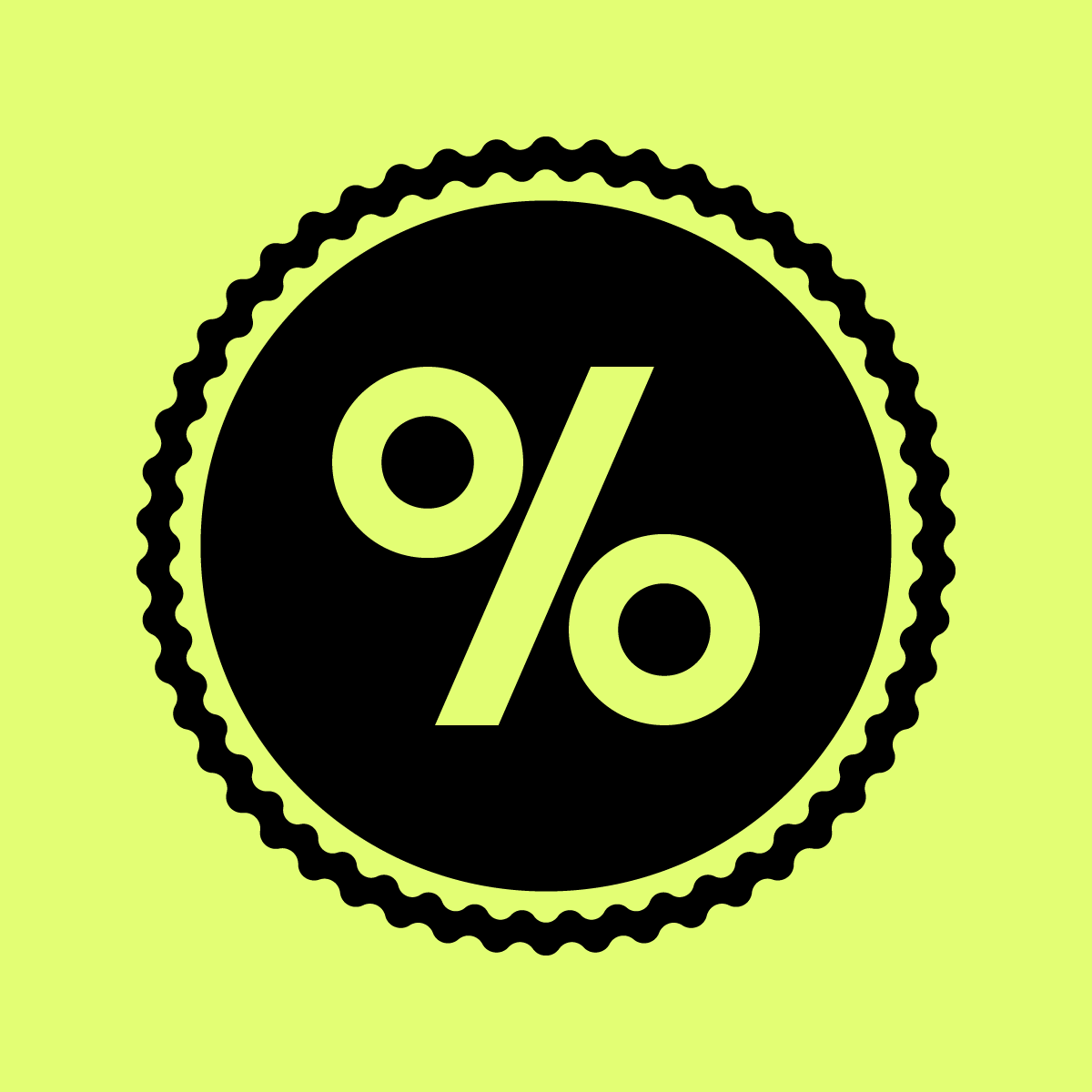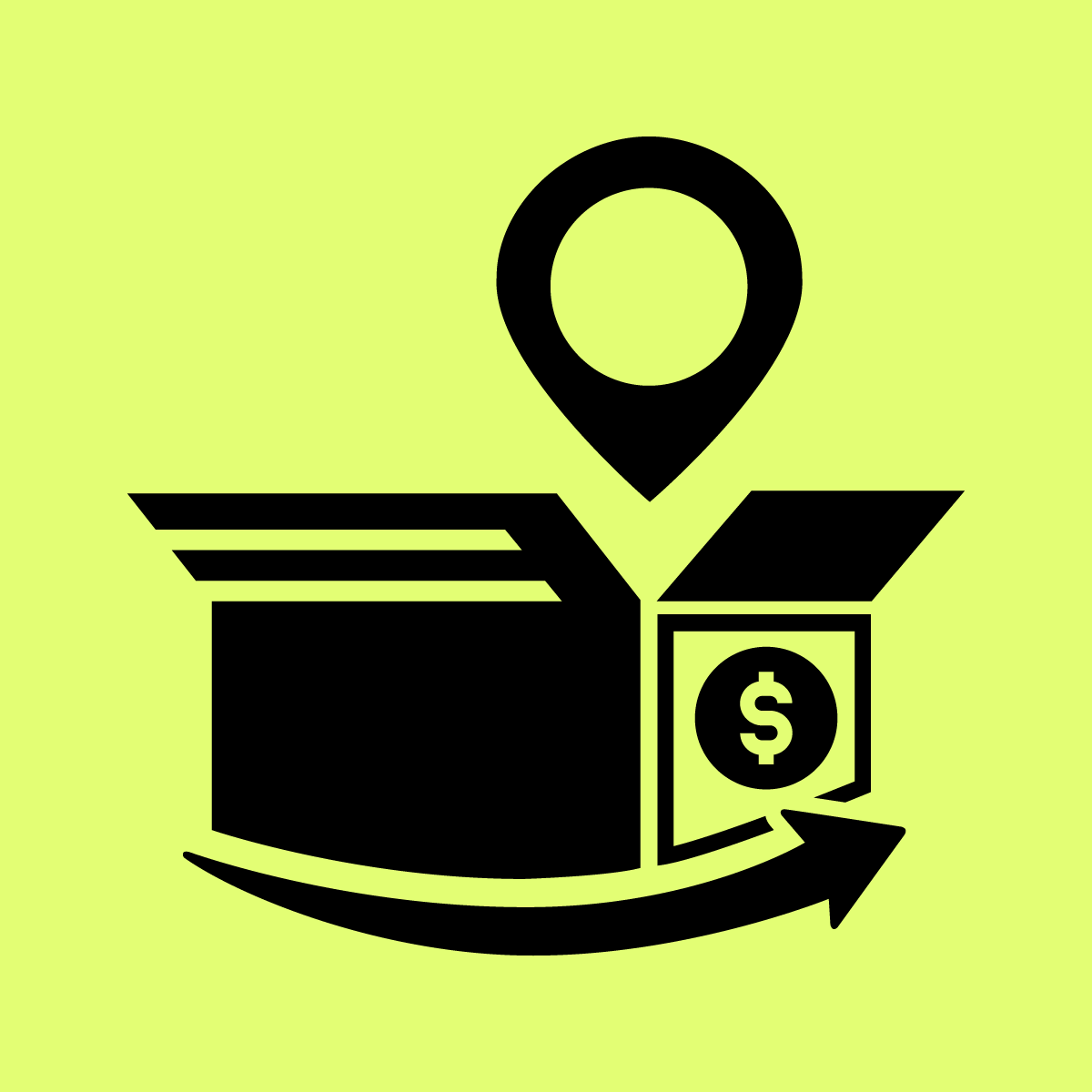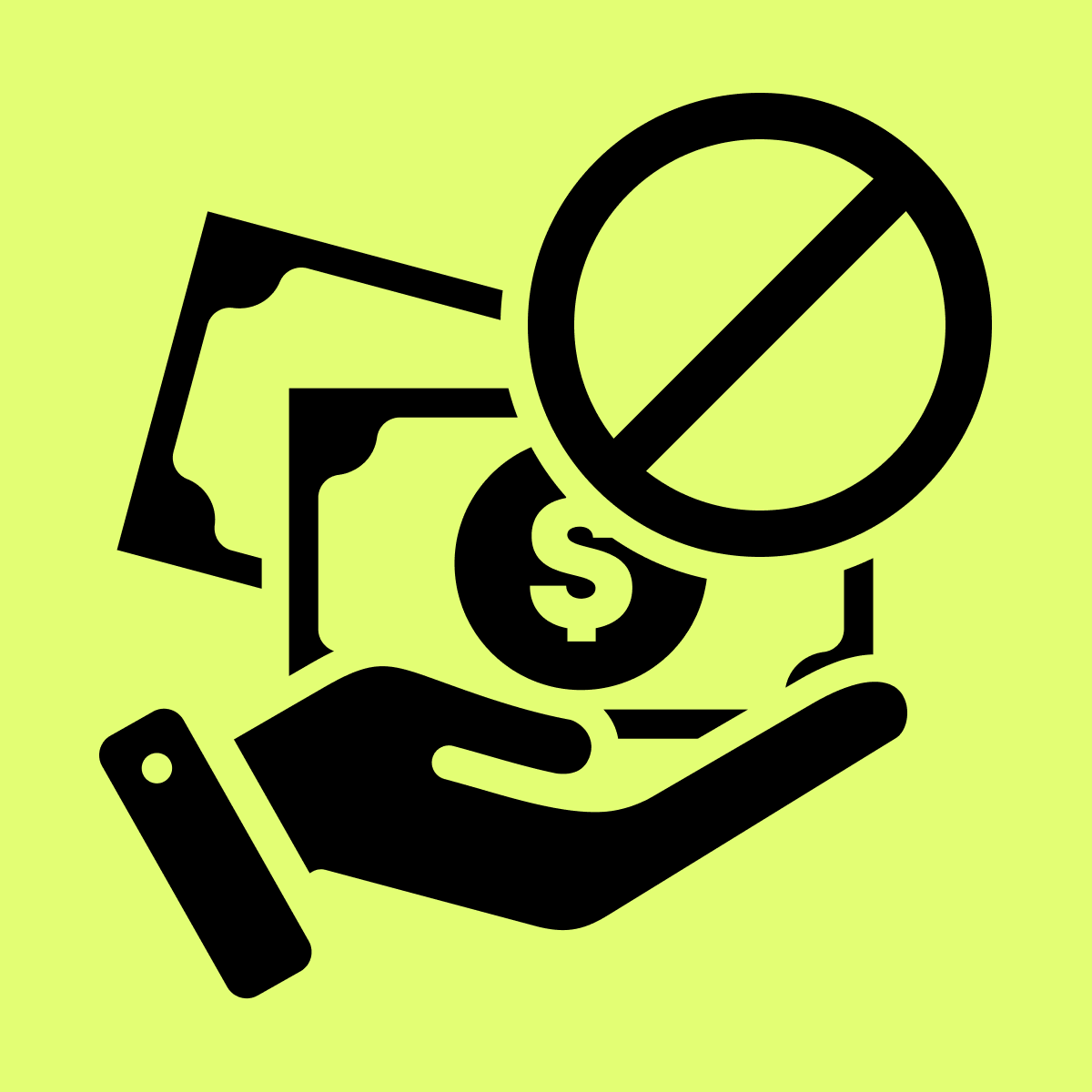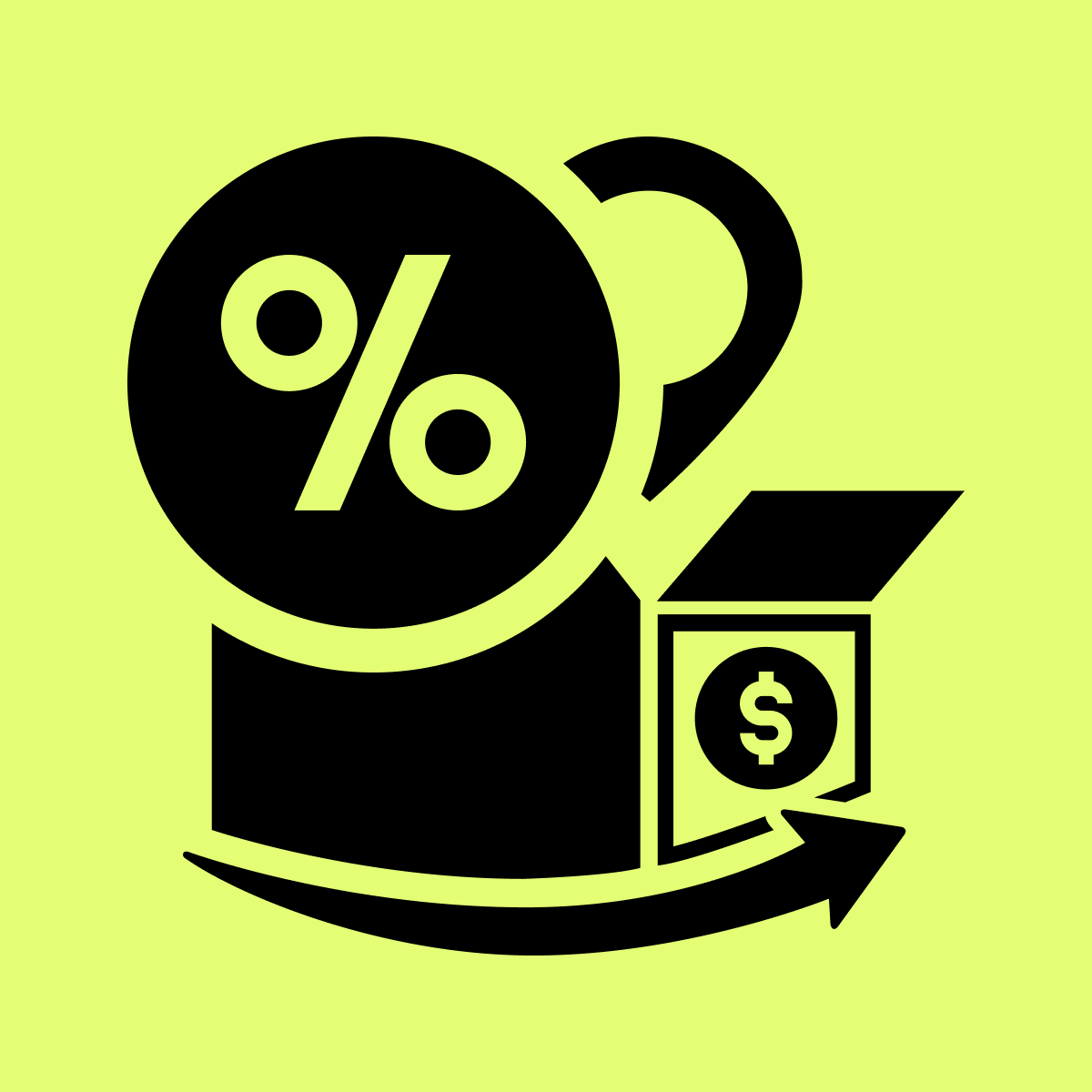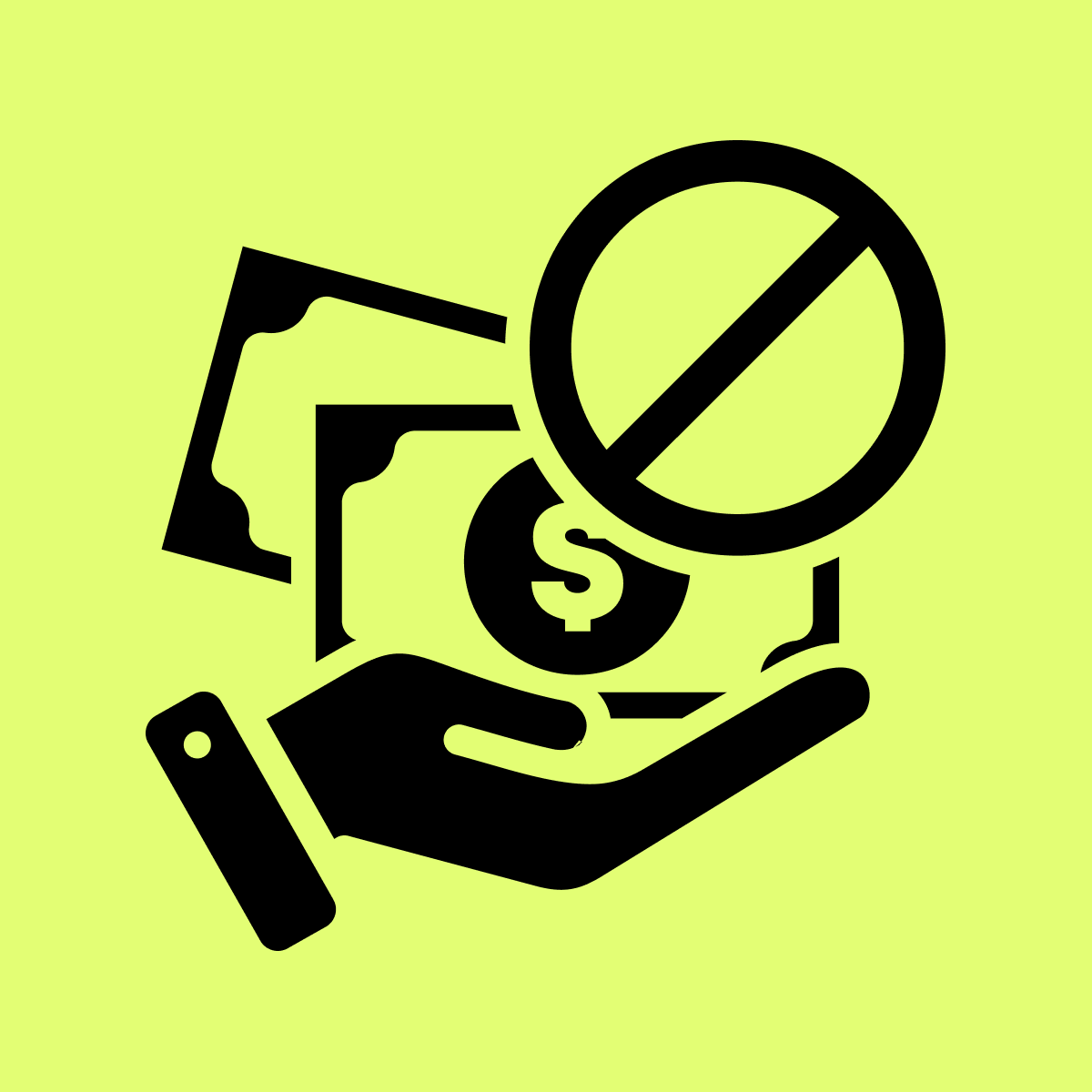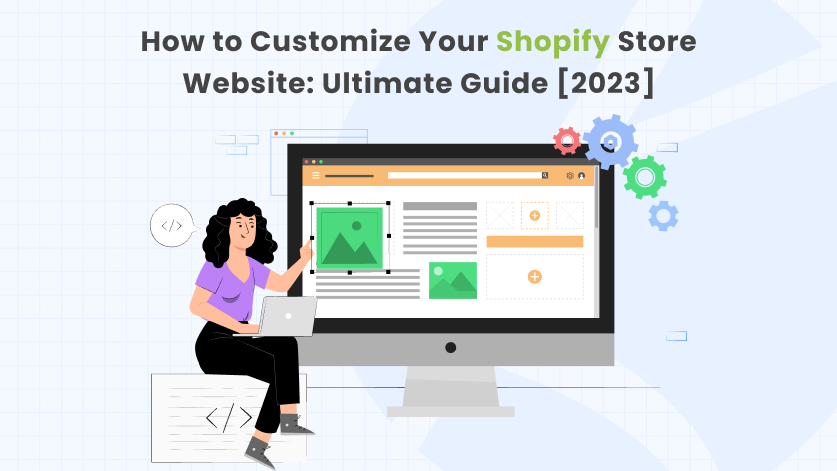In the rapidly evolving landscape of eCommerce, having a unique and visually appealing online store is important to attract customers. Shopify, one of the leading eCommerce platforms, offers a user-friendly interface that allows you to customize your Shopify store website according to your brand identity.
In this guide, we’ll take you through a step-by-step guide on how to customize your Shopify store website in 2024.
Whether you’re a beginner or an experienced eCommerce entrepreneur, these detailed guides will empower you to create a stunning online presence that reflects your brand’s personality.
Here’s why Customization is so Important for Online Stores:
1. Brand Identity and Recognition: Customization on the website allows you to showcase your brand’s personality, values, and mission through your store’s design elements. By incorporating your brand’s colors, logo, and messaging, you can create a consistent and memorable brand identity that customers will recognize and relate to.
2. Differentiation from Competitors: Offering a one-of-a-kind shopping experience sets you apart from competitors in a crowded online marketplace. You can create a clear and unforgettable impression in the minds of your customers by customizing the appearance and features of your store.
3. Tailoring User Experience: Every business has a different and unique target audience with specific preferences and needs. Customization allows you to tailor the user experience to meet the expectations of your target audience. A customized Shopify website improves user satisfaction and encourages repeat visits by providing simple navigation and personalized product recommendations.
4. Showcasing Products Effectively: Customization allows you to display your products as attractively and strategically as possible. You can choose a layout, image, and product organization that highlight the key features and benefits of your offering, these may increase the store conversion.
5. Building Trust and Credibility: A well-designed and professional-looking online store attracts the trust and credibility of potential customers. A customized store reflects your dedication to your business, so visitors can see your brand as trustworthy and reputable.
6. Optimizing Conversion Rates: A customized user experience can increase conversion rates. You can easily guide customers through the sales funnel with your store layout, call-to-action buttons, checkout process, and reducing abandoned carts.
7. Adapting to Trends and Changes: The eCommerce landscape is constantly evolving. Customization allows you to change the look and feel of your store to reflect current trends and innovations in technology. This helps you stay relevant and competitive with the times.
8. Customer Engagement and Loyalty: Customization allows for interactive elements, personalized recommendations, and engaging content that keeps customers interested and engaged. Customers are more likely to become loyal repeat buyers if they are engaged with your store.
Learn more in our tutorial on how to increase customer loyalty with automatic discounts on Shopify.
As a leading and popular eCommerce platform, Shopify plays an important role in the world of online commerce. It is a comprehensive and user-friendly solution that enables businesses to easily set up, customize, and manage their online stores.
Shopify enables entrepreneurs to create different and engaging online stores that meet their unique brand identity with its natural interface, versatile design options, secure infrastructure, and extensive app ecosystem.
Its scalability, robust support, and importance of mobile responsiveness further contribute to its reputation, making it the preferred choice for businesses of all sizes to effectively showcase, market, and sell their products to a global audience.
Learn more in our detailed guide on Shopify online shopping for eCommerce entrepreneurs.
Preparing Your Shopify Website for Customization:
A. Reviewing Your Brand Identity:
Your brand identity is a distinct combination of visual, verbal, and emotional elements that differentiate your business from competitors. Before customizing your Shopify website, review your brand identity to ensure consistency and create a consistent and memorable customer experience.
1. Logo and Visual Elements:
- Examine the current design of your logo. Is it still relevant, or does it need to be updated?
- Consider the colors of your logo and branding. Are they consistent with your overall brand image?
- Review any visual assets, such as icons, graphics, and imagery, that are associated with your brand.
2. Color Palette:
- Assess the colors you use in your branding. Colors evoke emotions and play a significant role in user perception.
- Make sure the color palette you choose for your store customization aligns with your brand’s personality and values.
3. Typography:
- Evaluate the fonts and typography styles used in your existing branding materials.
- Choose fonts that are readable and reflect the tone of your brand, whether it’s formal, casual, modern, or traditional.
4. Brand Voice and Messaging:
- Consider your tone and language when communicating with customers. Are they equal at all touchpoints?
- Review your mission statement, tagline, and key messages. Check that they accurately represent the values of the business.
5. Brand Story and Values:
- Consider your brand’s backstory. What inspired its creation, and what values does it represent?
- Make sure your store customization reflects your brand story and connects with customers who share your values.
6. Target Audience Alignment:
- Recheck your target audience profiles. Are your brand identity elements relevant to your target audience?
- Make sure that the customization options you choose are appropriate for your ideal customers’ preferences and interests.
7. Competitor Analysis:
- Analyze how your competitors present their brand identity. Identify areas where you can differentiate yourself while staying true to your brand.
8. Brand Guidelines:
- If you have established brand guidelines, make sure your customizations follow these guidelines.
- If you don’t have brand guidelines, consider creating them to maintain consistency across all branding elements.
By carefully reviewing your brand identity you can ensure that your Shopify store customization reflects your brand’s essence, values, and personality. This consistency makes your online store more attractive and memorable, fostering customer trust, recognition, and emotional connections.
Keep in mind that well-executed customization that aligns with your brand identity can have a significant impact on customer loyalty and overall business success.
B. Evaluating Your Target Audience:
1. Demographics:
- Age: Determine the age range of your target audience. Are they young, middle-aged, or senior citizens?
- Gender: Consider whether your products or services have a gender-specific appeal or are suitable for both men and women.
- Location: Identify the geographic areas where your target audience is concentrated. This helps in localization efforts.
2. Psychographics:
- Interests and Hobbies: Explore the hobbies, interests, and activities of your target audience. This data allows you to make customizations according to their preferences.
- Lifestyle: Understand the lifestyle and values of your target audience. Are they environmentally conscious, technologically savvy, health conscious, and so on?
3. Behavior and Buying Habits:
- Online Behavior: Analyze how your target audience behaves online. Do they spend time on social media, reading blogs, or shopping online?
- Buying Patterns: Study their purchasing habits, including purchase frequency, average order value, and preferred payment methods.
4. Purchase Motivations:
- Needs and Desires: Uncover the needs and desires that drive your audience to make purchases. What benefits are they seeking?
- Emotional Triggers: Identify emotional triggers that encourage them to take action, such as exclusivity or fear of missing out.
5. Competitor Analysis:
- Competitor Preferences: Analyze where your competitors are succeeding or failing in appealing to your common target audience.
- Differentiation: Determine how you can differentiate your customization to stand out and provide something unique.
6. Feedback and Surveys:
- Gather Feedback: Use surveys, questionnaires, or customer feedback to gather direct insights from your current customers.
- Preferences and Suggestions: Ask about their shopping preferences, expectations, and suggestions for improving the shopping experience.
Assessing your target audience allows you to gain a thorough understanding of who they are, what they value, and how they interact with your brand.
By aligning your customization choices with your target audience’s needs, will improve engagement, satisfaction, and conversions on your Shopify store.
C. Setting Clear Customization Goals:
1. Functionality Enhancement:
- Decide which specific functionality of your Shopify store you want to improve or customize.
- Some examples are streamlining the checkout process, adding product filters, or integrating a live chat feature.
2. Design and Aesthetics:
- Define the visual changes you want to make to your store’s design, layout, and overall aesthetics.
- This could involve updating the color scheme, typography, or imagery to align with your brand identity.
3. User Experience Improvements:
- Specify how you intend to enhance the overall user experience for visitors to your store.
- Goals might include making navigation more intuitive, reducing page load times, or optimizing mobile responsiveness.
4. Conversion Rate Optimization:
- Set goals to improve your store’s conversion rate, such as increasing the percentage of visitors who make a purchase.
- This could involve creating compelling calls-to-action, improving product presentation, or simplifying the checkout process.
5. Brand Consistency:
- Aim to ensure that your store’s customization maintains a consistent brand identity throughout.
- Define how customization choices will align with your brand’s visual elements, voice, and messaging.
6. Engagement and Interaction:
- Establish objectives for increasing user engagement and interaction in your store.
- This could involve adding interactive features, such as product quizzes or user-generated content sections.
7. Performance Optimization:
- Define goals related to improving the technical performance of your store.
- This might include optimizing page load times, ensuring smooth navigation, and reducing any technical glitches.
8. Customer Journey Enhancement:
- Outline how you intend to enhance the entire customer journey from initial interaction to post-purchase follow-up.
- Goals could include personalized recommendations, informative product pages, and effective aftersell and post-purchase communication.
9. Mobile-Friendly Experience:
- Set objectives for ensuring that your store customization provides a seamless experience across various devices, especially mobile.
- Focus on responsive design, intuitive mobile navigation, and quick-loading mobile pages. Prioritizing mobile responsiveness will also help your Shopify website become more accessible.
10. Measurable Metrics:
- Identify specific key performance indicators (KPIs) that will help you measure the success of your customization goals.
- Examples include conversion rate, bounce rate, average session duration, and revenue generated.
11. Timelines and Milestones:
- Create a timeline for achieving your customization goals, breaking down the process into manageable milestones.
- Assign specific dates or periods for the completion of each goal.
12. Flexibility and Iteration:
- Acknowledge that customization goals may evolve based on customer feedback and changing market trends.
- Be open to adjusting your goals as needed to ensure ongoing relevance and effectiveness.
Setting clear customization goals ensures that your efforts are purposeful and aligned with your overarching business objectives.
These goals guide your decision-making throughout the customization process, helping you create a Shopify store that not only reflects your brand but also drives meaningful results and a positive experience for your customers.
Step-by-Step Guide to Using the Theme Editor:
Step 1: Choose and Upload a Suitable Pre-built Theme Template:
Begin your Shopify customization journey by visiting the Theme Store through your Shopify dashboard. Go to “Online Store” > “Themes” and select “Visit Theme Store” or “Explore Free Themes”.
Once you enter the theme store, explore the different theme categories and choose the one that resonates with your brand. Choosing a premium pre-made theme template can speed up the Shopify theme customization process.
After finding your match, upload it to your store’s theme library and take advantage of unlimited free trials to perfect your design before going live.
Step 2: Customizing the Theme:
Back on your Shopify dashboard under “Themes”, the Shopify customization process involves two main parts: editing theme templates and altering theme settings.
Part 1: Editing Theme Templates:
When you click the “Customize” button, the theme editor opens, giving you control over the appearance and layout of various page types. To access the various Shopify page templates, use the drop-down list in the middle-top section.
Each template represents a different section of your store, and the left side of the editing window includes a column for section editing.
Customize the feel and look of each page by modifying movable sections such as image banners, featured collections, and images with text.
Headers and footers remain fixed but are equally customizable, allowing you to customize the overall store experience.
Part 2: Altering Theme Settings:
The Theme Editor can change theme settings that define your store’s overall look, feel, and functionality. Start by clicking “Theme Settings” from the Theme Editor’s bottom left corner.
This opens up a range of customization options including color schemes, typography, styles, social media sharing, favicon images, and checkout settings. Customizing these settings aligns your theme with your brand identity and enhances the user experience.
These customizations don’t require any CSS or Liquid coding skills, making them accessible to users of all technical backgrounds.
Here are Five Quick and easy Shopify Customizations:
- Strategic Color Palette Update: Changing the color palette of your store can evoke certain emotions and influence customer behavior. For example, using pleasant colors during the checkout process can reduce cart abandonment rates. A simple color change has the potential to increase trust, making visitors more likely to complete their purchase.
- Customize Call-to-Action Buttons: Making your call-to-action buttons more visible and attractive can be a game changer. You can attract customer attention to these buttons by using contrasting colors, large fonts, or subtle animations to guide customers to desired actions like “Add to Cart” or “Check Out”.
- Homepage Banner Revamp: Your homepage banner acts like a digital storefront window. An eye-catching banner highlighting your best products or promotions instantly engages visitors. Interested customers can be encouraged to research further by using attractive visuals and engaging copy.
- Trust-Building Social Proof: Integrating customer feedback, ratings, and testimonials into your product pages can help build trust. Highlighting positive customer experiences has a significant influence on potential customers’ decisions, increasing their trust in your products.
- Simplified Checkout Process: Reducing the steps required for checkout is a direct path to increasing the conversion rate. A simple and intuitive checkout form reduces friction, making the purchase process easier and more efficient.
Implementing these quick customizations on your Shopify website is easy and requires no technical skills. Shopify’s user-friendly interface and customization options make the process accessible to all store owners.
In just a few clicks, you can customize your Shopify website. Modify colors, enhance buttons, include social proof, and optimize checkout. Small changes, high impact.
Statistics highlight the importance of this quick Shopify customization. According to studies, websites with clear call-to-action buttons can increase conversion rate by up to 121%. These figures show the tangible impact of small but strategic changes.
Do It Yourself (DIY) vs. Hiring a Shopify Expert Developer: Making the Right Choice
In the world of Shopify website customization, an important choice comes up: should you do it yourself (DIY) or hire a skilled Shopify expert developer to customize your Shopify website?
This common situation requires careful consideration of variables such as budget, technical skills, and time availability. Let’s look at the pros and cons of DIY Shopify customization versus hiring a Shopify expert developer and how to make an informed decision.
Do it Yourself (DIY) Shopify Customization:
Choosing DIY customization options gives you complete control over the look and feel of your store. This creative freedom extends to theme selection, content addition, and design changes. Plus, it can save you money compared to hiring a Shopify developer.
Hiring a Shopify Expert Developer:
Choosing a developer brings expertise to the table. A skilled developer can quickly execute intricate customizations, that align with your vision. They can integrate specialized apps seamlessly, enhance functionality, and ensure top-notch performance. This option saves time, freeing you to focus on core business tasks.
However, it involves a financial investment and potential communication challenges if your vision isn’t translated accurately.
Factors to Consider When you Customize your Store:
Your choice is strongly impacted on your budget, technical skills, and time availability. If your budget is limited, DIY customization can be an option if you are willing to invest the time in learning.
If you don’t have technical knowledge, hiring a Shopify expert developer ensures a smooth outcome without affecting your Shopify store.
Finally, the choice is yours. While DIY empowers and saves money, while Shopify experts developers provide expertise and save time. Remember that you are not alone in this decision.
Do you want to take your Shopify store to the next level? With over 10+ years of experience, at Cirkle Studio our Shopify expert developers can help you customize your store and make it stand out from the competition. We’ll work with you to create a custom design that reflects your brand and your unique selling points. Contact us today for more details!
Conclusion:
Customizing your Shopify store is a dynamic process that requires a blend of creativity, strategic thinking, and attention to detail. By following the tips and insights provided in this guide, you’ll be well-equipped to create a unique online shopping experience that resonates with your customers.
Remember, a well-customized Shopify website not only enhances your brand’s identity but also contributes to a positive and seamless shopping experience for your customers.
